Filter by
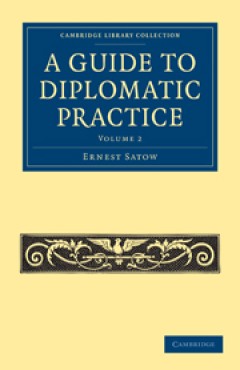
A Guide to Diplomatic Practice
Recruited straight from university, Ernest Satow (1843–1929) became one of the most respected British diplomats, particularly in Japan, where he is still remembered. After a career spent mostly in the rapidly developing Far East, he retired in 1906. Just before the outbreak of war, he was asked to compile a work on international diplomacy, and 'Satow', as it has become known, was first publis…
- Edition
- -
- ISBN/ISSN
- 9780511995194
- Collation
- -
- Series Title
- Cambridge Library Collection - British and Irish History, General
- Call Number
- -

A Grammar of Tariana, from Northwest Amazonia
This is a comprehensive reference grammar of Tariana, an endangered Arawak language from a remote region in the northwest Amazonian jungle. Its speakers traditionally marry someone speaking a different language, and as a result most people are fluent in five or six languages. Because of this rampant multilingualism, Tariana combines a number of features inherited from the protolanguage with pro…
- Edition
- -
- ISBN/ISSN
- 9781107050952
- Collation
- -
- Series Title
- -
- Call Number
- -
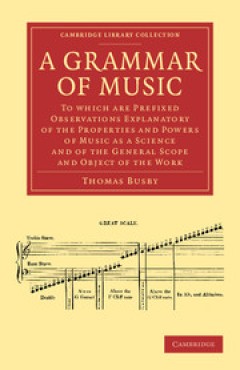
A Grammar of Music To which are Prefixed Observations Explanatory of the Pro…
The writer, composer and organist Thomas Busby (1754–1838) is best remembered for his highly entertaining Concert Room and Orchestra Anecdotes (1825), which paints a vivid picture of musical life at the time. The son of a coach painter, Busby was originally articled to the composer Jonathan Battishill but found the experience unrewarding. His compositions (many now lost) include songs, theatr…
- Edition
- -
- ISBN/ISSN
- 9781139833608
- Collation
- -
- Series Title
- Cambridge Library Collection - Music
- Call Number
- -

A Glossary Or, Collection of Words, Phrases, Names and Allusions to Customs,…
Originally published in 1822, Robert Nares' glossary of antiquated Elizabethan terms is the result of a personal interest in and love of Elizabethan literature. Nares (1753–1829), well known as a scholar and clergyman, was also a keen philologist and antiquary. This glossary was undertaken in his spare time, and compiled over forty years as he was often occupied with various academic and cler…
- Edition
- -
- ISBN/ISSN
- 9781139093781
- Collation
- -
- Series Title
- Cambridge Library Collection - Literary Studies
- Call Number
- -
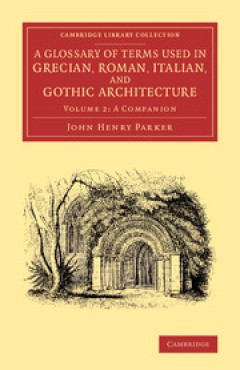
A Glossary of Terms Used in Grecian, Roman, Italian, and Gothic Architecture
The Oxford bookseller and publisher John Henry Parker (1806–84), a supporter of the Tractarian movement and a friend of Cardinal Newman, was also a historian of architecture, and first published this glossary in 1836. Reissued here is the enlarged third edition of 1840. The work is ordered alphabetically, and illustrated with 700 woodcuts by various artists. As stated in the first edition's p…
- Edition
- -
- ISBN/ISSN
- 9781107446144
- Collation
- -
- Series Title
- Cambridge Library Collection - Art and Architecture
- Call Number
- -
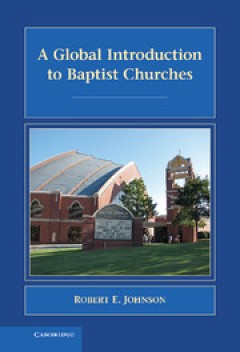
A Global Introduction to Baptist Churches
Coinciding with the four-hundredth anniversary of the birth of the Baptist movement, this book explores and assesses the cultural sources of Baptist beliefs and practices. Although the movement has been embraced, enriched, and revised by numerous cultural heritages, the Baptist movement has focused on a small group of Anglo exiles in Amsterdam in constructing its history and identity. Robert E.…
- Edition
- -
- ISBN/ISSN
- 9780511781148
- Collation
- -
- Series Title
- Introduction to Religion
- Call Number
- -
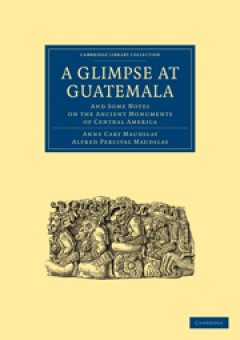
A Glimpse at Guatemala, and Some Notes on the Ancient Monuments of Central Am…
Alfred Percival Maudslay (1850–1931) was a British colonial administrator and archaeologist who is widely considered the founder of modern Mesoamerican archaeology. After graduating from Trinity Hall, Cambridge, in 1872 Maudslay made his first visit to Guatemala before becoming a colonial administrator working in Trinidad and Fiji. After retiring from colonial service in 1880 he returned to G…
- Edition
- -
- ISBN/ISSN
- 9780511686962
- Collation
- -
- Series Title
- Cambridge Library Collection - Archaeology
- Call Number
- -
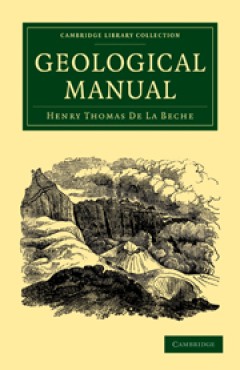
A Geological Manual
Henry De la Beche (1796–1855) was a geologist who published widely on various aspects of this science and was elected to the Royal Society in 1823. He was involved with the Ordnance Survey maps of Britain, and became president of the Geological Society in 1847. De la Beche was also instrumental in the 1851 opening of two influential institutions: the Museum of Practical Geology and the School…
- Edition
- -
- ISBN/ISSN
- 9780511973307
- Collation
- -
- Series Title
- -
- Call Number
- -
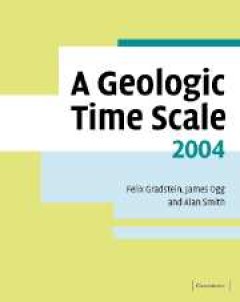
A Geologic Time Scale 2004
An international team of over forty stratigraphic experts have helped to build the most up-to-date international stratigraphic framework for the Precambrian and Phanerozoic. This successor to A Geologic Time Scale 1989 by W. Brian Harland et al. (CUP 0521 387655) begins with an introduction to the theory and methodology behind the construction of the new time scale. The main part of the book is…
- Edition
- -
- ISBN/ISSN
- 9780511536045
- Collation
- -
- Series Title
- -
- Call Number
- -
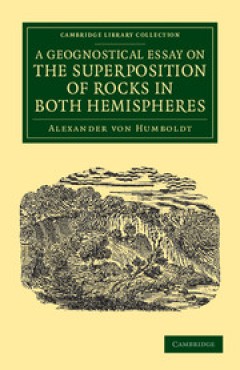
A Geognostical Essay on the Superposition of Rocks in Both Hemispheres
The explorer and multi-disciplinary scientist Alexander von Humboldt (1769–1859) was a prominent figure in the European scientific community of the eighteenth and nineteenth centuries and the first to make a scientific survey of South and Central America. His travels alone brought him widespread recognition, but the extensive field notes and research he undertook were developed further on his…
- Edition
- -
- ISBN/ISSN
- 9781139226875
- Collation
- -
- Series Title
- Cambridge Library Collection - Earth Science
- Call Number
- -
 Computer Science, Information & General Works
Computer Science, Information & General Works  Philosophy & Psychology
Philosophy & Psychology  Religion
Religion  Social Sciences
Social Sciences  Language
Language  Pure Science
Pure Science  Applied Sciences
Applied Sciences  Art & Recreation
Art & Recreation  Literature
Literature  History & Geography
History & Geography